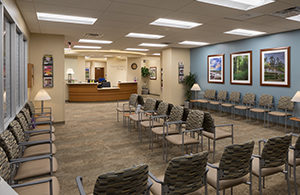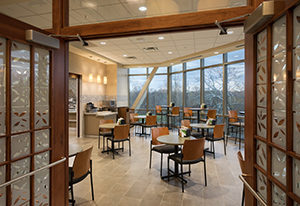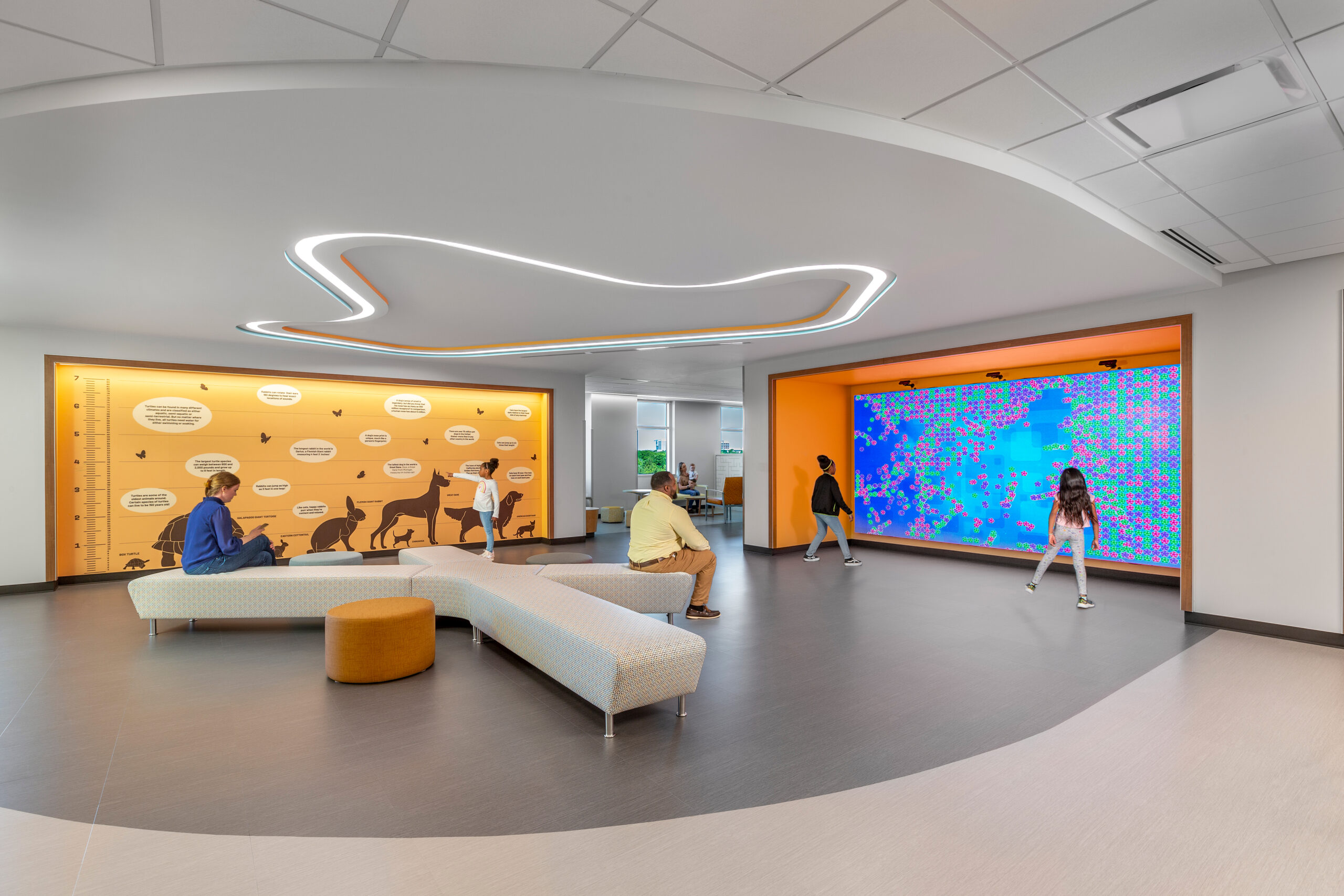By Rachel Leber
CHESTERFIELD, Mo. — St. Luke’s Hospital in Chesterfield held a dedication ceremony on Jan. 23 for its new outpatient services building after its completion in December 2016. The new facility was constructed to accommodate the growing needs of outpatient healthcare services on the hospital’s west campus and to provide flexibility for future department growth within the building.

The 106,000-square-foot, five-story building had a budget of $40 million. The architects on the project were BSA LifeStructures in St. Louis, with general contractor McCarthy Building Companies, also in St Louis. The new outpatient Center Building adjoins with St. Luke’s Mr. and Mrs. Theodore P. Desloge, Jr. Outpatient Center, and provides additional space for new physician offices as well as the expansion of St. Luke’s physical therapy and cardiac rehabilitation services. Additionally, the nutrition wellness and diabetes center, anticoagulation clinic, wound care and hyperbaric medicine services have all relocated into the new outpatient buildings since the completion of construction in January.
“The dedication of St. Luke’s new outpatient services building is a significant event for St. Luke’s Hospital and health care in our region,” said Christine M. Candio, RN, president and chief executive officer at St. Luke’s in a recent statement. “As our community grows and changes, we work to stay ahead of patient needs by continuing to provide convenient access to the highest quality care and services possible.”
The new outpatient center possesses a number of features designed to improve the overall patient experience, care and services, according to Ellen Post, interior designer at BSA LifeStructures. A single-loaded corridor creates a wayfinding element with multiple entry points, shortening the distance patients would travel while exposed to the outdoors, with large windows in the corridor allowing natural light to enter the clinic spaces. A number of design elements balance the physical and stylistic connection between the adjacent Mr. and Mrs. Theodore P. Desloge, Jr. Outpatient Center and the new outpatient center according to Post, such as an indoor walkway that allows patients, visitors and staff to travel inside, between the buildings.

“The interior and exterior design language of the Desloge Outpatient Center drove the aesthetic of the new facility,” said Carter Haas, designer at BSA LifeStructures. “The design embraces the natural fall of the existing topography, enabling a partial basement level to accommodate mechanical systems and a service and delivery zone.” The location of the partial basement and the distance from the street shapes the location of the core and main canopy drop-off at the new building, according to Haas.
Overcoming structural challenges in connecting the two outpatient buildings was one of the biggest obstacles that the design team faced on the project, but in the end these goals were achieved successfully, according to Haas. In an effort to improve overall efficiency and communication for the project, iPads and advanced construction software — including BIM 360, NoteVault and Bluebeam applications — were utilized by McCarthy and its design and construction team.
The new outpatient building is seeking LEED Core and Shell certification, and is currently being reviewed, according to Corey Black, project manager at McCarthy Building Companies. The new building is energy and water efficient, according to Black, and generated minimal construction waste throughout the duration of the project. The new facility integrates sustainability through the use of healthy, regional materials, and bioretention basins to slow and treat onsite stormwater runoff. Additionally, the building implemented CO2 emissions reduction and improved indoor air quality.






